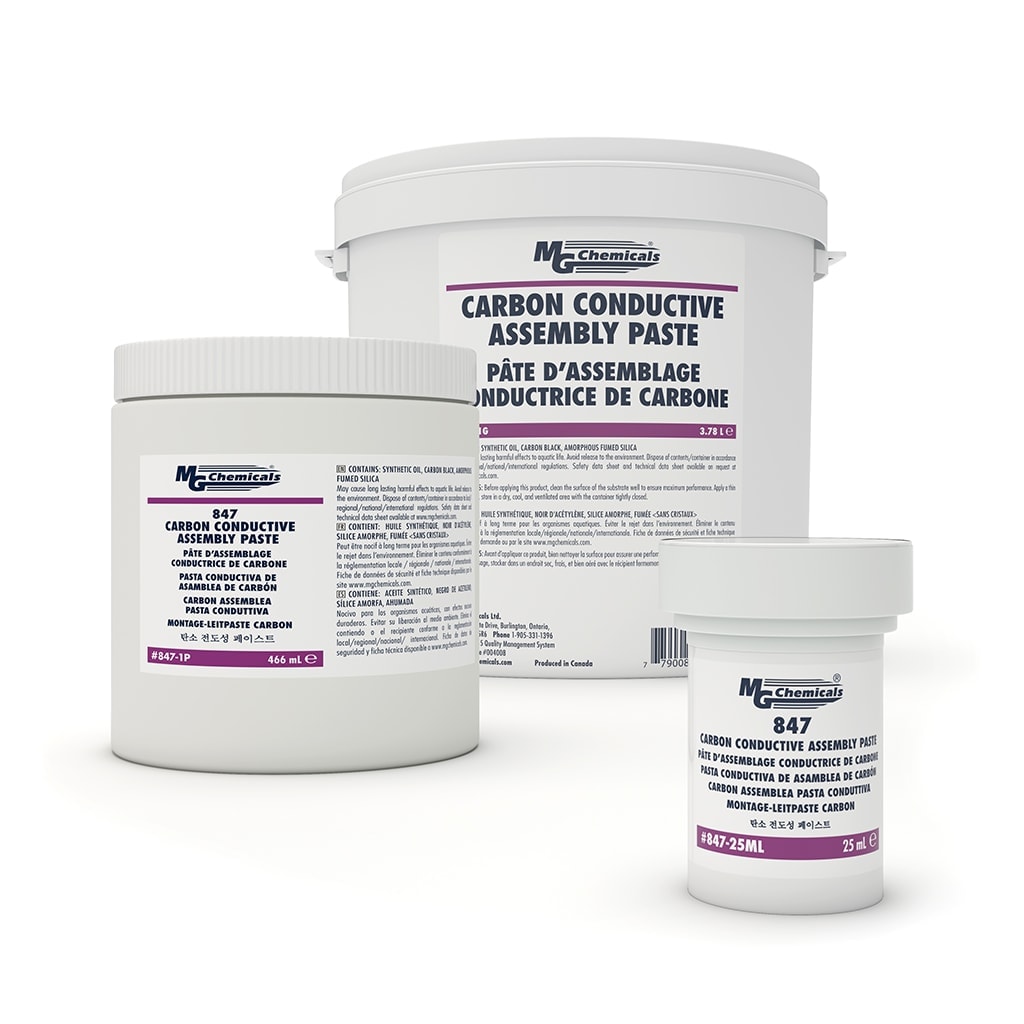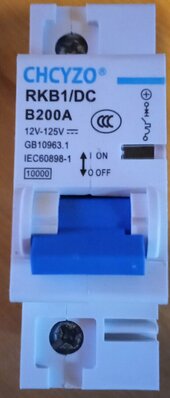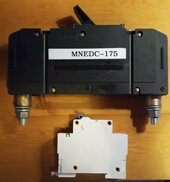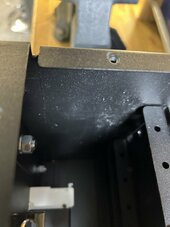Steve_S
Offgrid Cabineer, N.E. Ontario, Canada
Tin plated copper busbars are the obvious choice. I've used an assortment over time.
The 6 packs I am doing now have a different cells (versions), so I am applying a mix. These are all EVE 280AH cells.
2 Packs: V3 dual hole, getting tinned flexible laminated copper busbars.
2 Packs V2 Single welded stud, & 2 Packs V2 with Tapped holes, these are getting mesh copper busbars with tinned ends.
Note that even though slotted bars work pretty well, they aren't optimal, the flexible make the best choice.
A "quirk" with the laminated ones to watch for, they also have heat shrink wrap but you may need to trim it a bit for a good surface contact.
When I was using pure copper (un-tinned) I applied a "very" light coat of noalox on the contact surface... no gobs or anything, just a very thin wipe.
The 6 packs I am doing now have a different cells (versions), so I am applying a mix. These are all EVE 280AH cells.
2 Packs: V3 dual hole, getting tinned flexible laminated copper busbars.
2 Packs V2 Single welded stud, & 2 Packs V2 with Tapped holes, these are getting mesh copper busbars with tinned ends.
Note that even though slotted bars work pretty well, they aren't optimal, the flexible make the best choice.
A "quirk" with the laminated ones to watch for, they also have heat shrink wrap but you may need to trim it a bit for a good surface contact.
When I was using pure copper (un-tinned) I applied a "very" light coat of noalox on the contact surface... no gobs or anything, just a very thin wipe.








